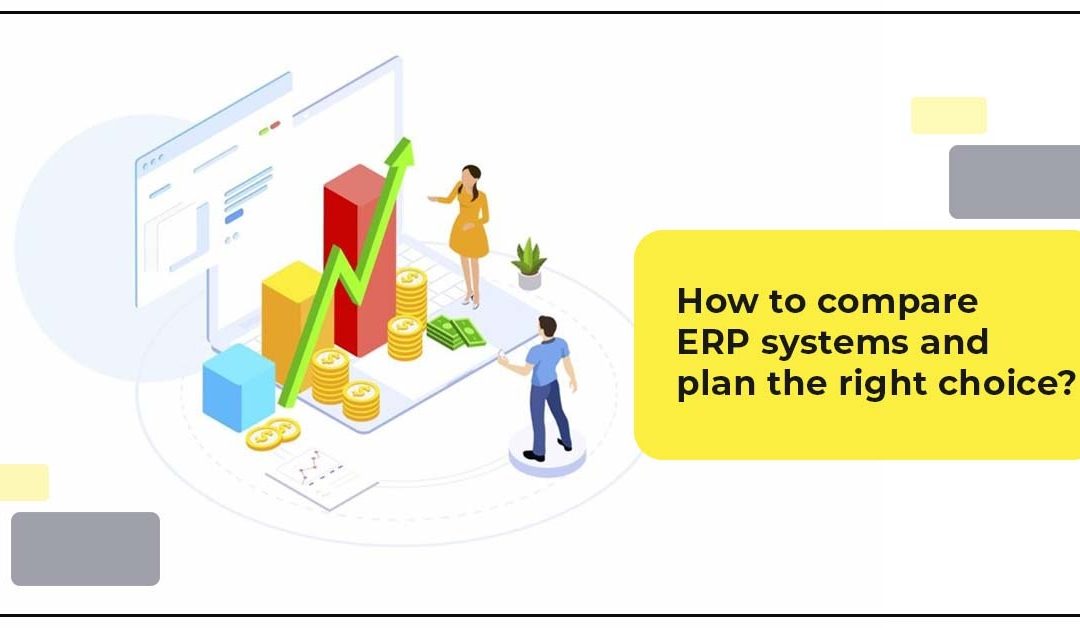Introduction
ERP means Enterprise resource planning, which integrates all core organizational processes into a single system. These processes comprise finance, manufacturing, HR, supply chain, services, procurement, and others . So with ERP system, all these processes can be interlinked as per dependency and run as integrated organisation.
Whilst selecting an ERP system is not an ordinary decision. When selected right, It can increase business performance and profitability considerably, else can create stuck with complicated processes and decreased performance if it goes wrong. Businesses from OEM to tier levels are implementing ERP systems as per need and capex.
Industry started using computers for accounting and finance function since 1960’s using mainframe computers. By 1990’s, ERP was introduced. ERP renovated the technology sector by integrating human resources, project accounting, and end-user reporting.
Few of the Benefits of ERP system are higher productivity by streamline and automating core business processes, open flow information to assigned users, quicker reporting across the functions, simplified and integrated IT systems as one and many more.
While choosing right ERP system for an organisation, one must do professional accessibility with needs and decide. PC soft ERP solutions Pvt. Ltd. is capable to provide best innovative solution for various sectors.
Types of ERP systems :
ERP Modules :
Module based ERP systems are for specific function of an organisation, like supplier management, finance, purchase, or logistics. These are standalone or less flexible systems and are difficult to integrate with rest of organisational processes. At the same time, these systems are easy to implement and cost effective. Good to start journey towards enterprise ERP systems.
Cloud ERP :
For cloud ERP, web cloud-based software is being deployed at customer end, while it runs at providers cloud data. The maintenance of the system is managed by the provider. Customer has choice to use private or public cloud, however security can be important selection criteria These types of ERP systems are gaining acceptance because of the low investment costs.
On-Premises / In-house ERP
These ERP systems are traditional once where everything is controlled at customer end. The ERP software is installed on customer server. The installation and maintenance of the hardware and software is customer’s responsibility.
Hybrid ERP / Two-tier ERP
These types of ERP systems are combination of both of above two ERP systems where some of the organisational data would be stored on inhouse ERP system and remaining on cloud EPR system. This balance the cost as well as maintenance efforts for client at same efficiency levels.
Below are types of ERP to select from, based on the size of organisation :
Small business ERP
ERP software for small businesses can help to go further to spreadsheets and efficiently manage core processes of organisation – from sales and customer relationships to financials and operations. Small business uses mostly cloud based ERP tools, quick to install, and intended to develop with the organisation.
Mid-Market ERP
Mid-market ERP systems are further step to small business and have all core processes included right from – financials, HR, supply chain management, and more. Midsize ERP tools help growing businesses scale and compete without the complexity and cost.
Enterprise ERP
With most complex and latest technologies, now a days Global organisation with their subsidiaries have enterprise ERP systems with embedded AI, machine learning, and analytics – and intelligent automation to transform processes. These ERP systems can be deployed on premise, in the cloud, or in a hybrid scenario depend on location need.
Conclusion :
Many ERP systems and modules exist; depend on your need and size of organisation, one should select them wisely for best output at less investment and running costs.
PC Soft is a leading company providing businesses with ERP solutions customised to their needs. Contact our team and we will provide the most suited ERP system for your organisational needs.



